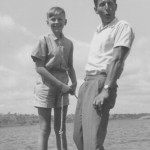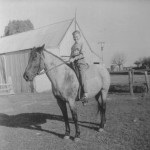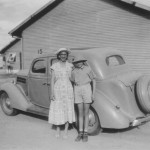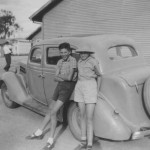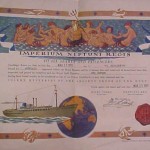The Enemy at Home experience of the German Australian Community is interesting as the first Germans came to the colonies on the First Fleet, and by 1900 they were the fourth-largest European ethnic group in all the colonies, behind the English, Irish and Scots. Most settled on the land, and place names like Hahndorf, Hermannsburg and Fassifern resonate their presence. Others excelled as explorers, scientists, artists and entrepreneurs – and the names Leichhardt, von Mueller, Strehlow, von Guérard and Resch feature prominently in Australian history and culture. Shortly after World War One the German community virtually disappeared. World War Two further vaporised any traces of this community.
The two world wars soured relations between Australia and Germany, halted immigration, and shadowed the lives of many German-Australians. But the wounds healed surprisingly quickly, and the post World War 2 migrant ships brought a second wave of German settlers to work building the Snowy Hydro Electric Scheme from 1949 to 1974. These ‘invisible’ immigrants proved to be popular New Australians.
Today, the baggage of war has dissipated with a new generation growing up without the prejudice or myths of previous generations and the media. There are some 700,000 Australians of German heritage living in Australia now. Notable contributors to social, economic and cultural life range from Harry Seidler, Tim Fischer, Ed Kuepper and Darren Lehmann. The story of German Australian persecution in World War One has been gaining traction in the minds of the new generation eager to unearth this unfortunate episode of Australian migration history.


